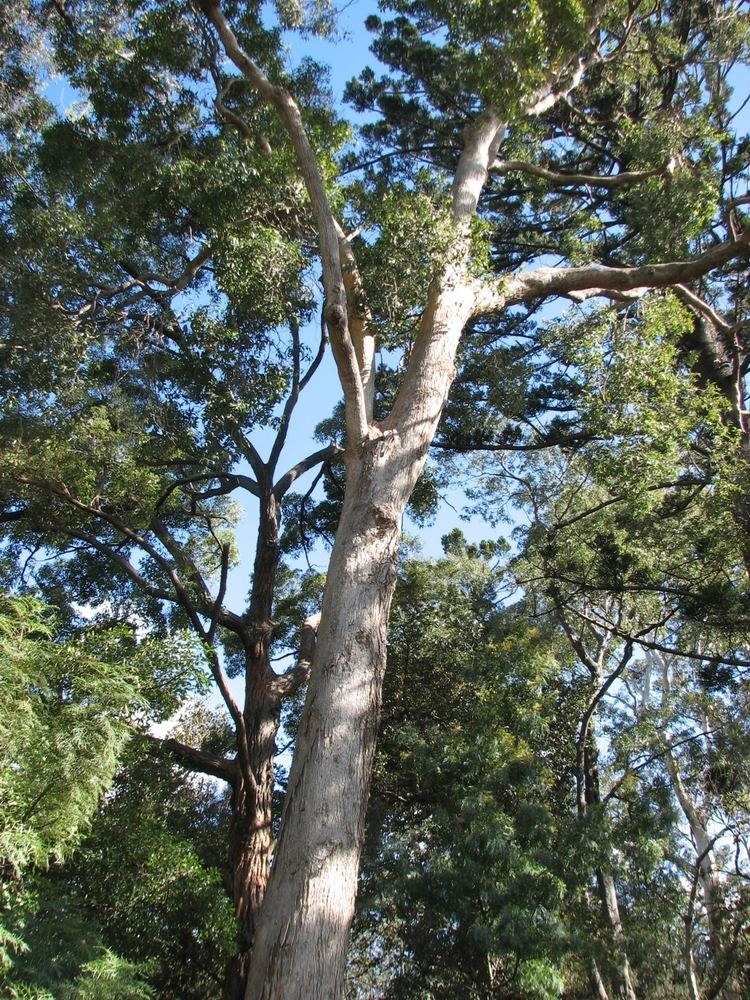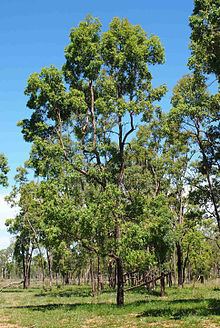Scientific name Angophora Rank Genus | ||
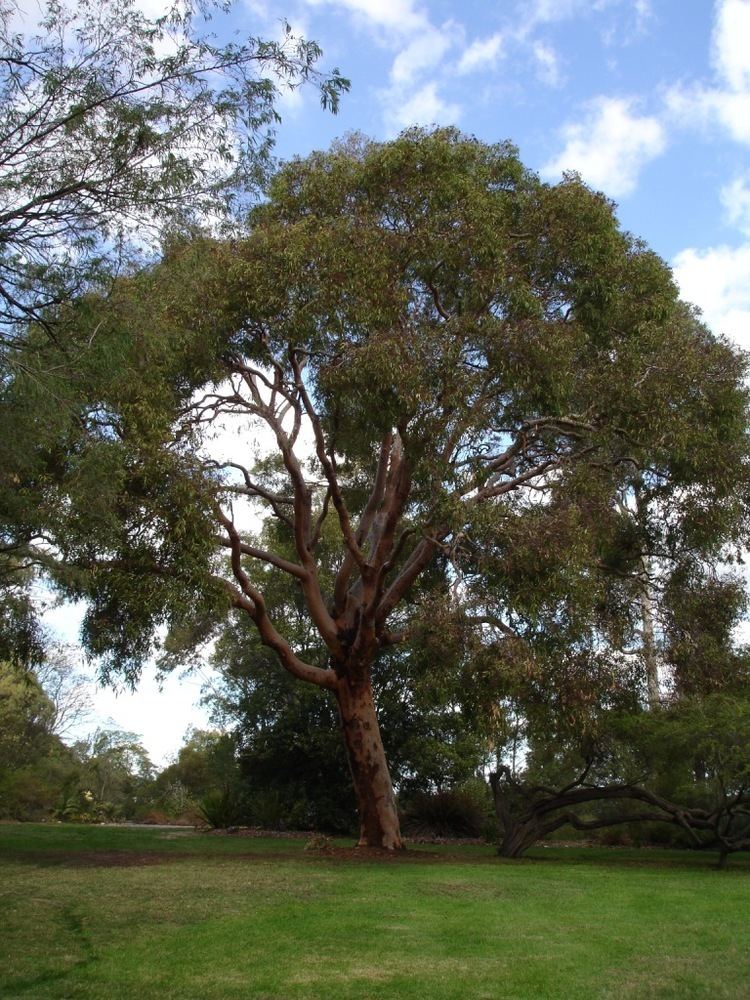 | ||
Similar | ||
Plant id sydney red gum angophora costata
Angophora is a genus of flowering plants in the myrtle family, Myrtaceae, described as a genus in 1797. It is endemic to Australia, where species are distributed in Queensland, New South Wales, and Victoria. The centre of diversity is along the northern and central coast of New South Wales.
Contents
- Plant id sydney red gum angophora costata
- Angophora garden plants
- Taxonomy
- Description
- Species
- References
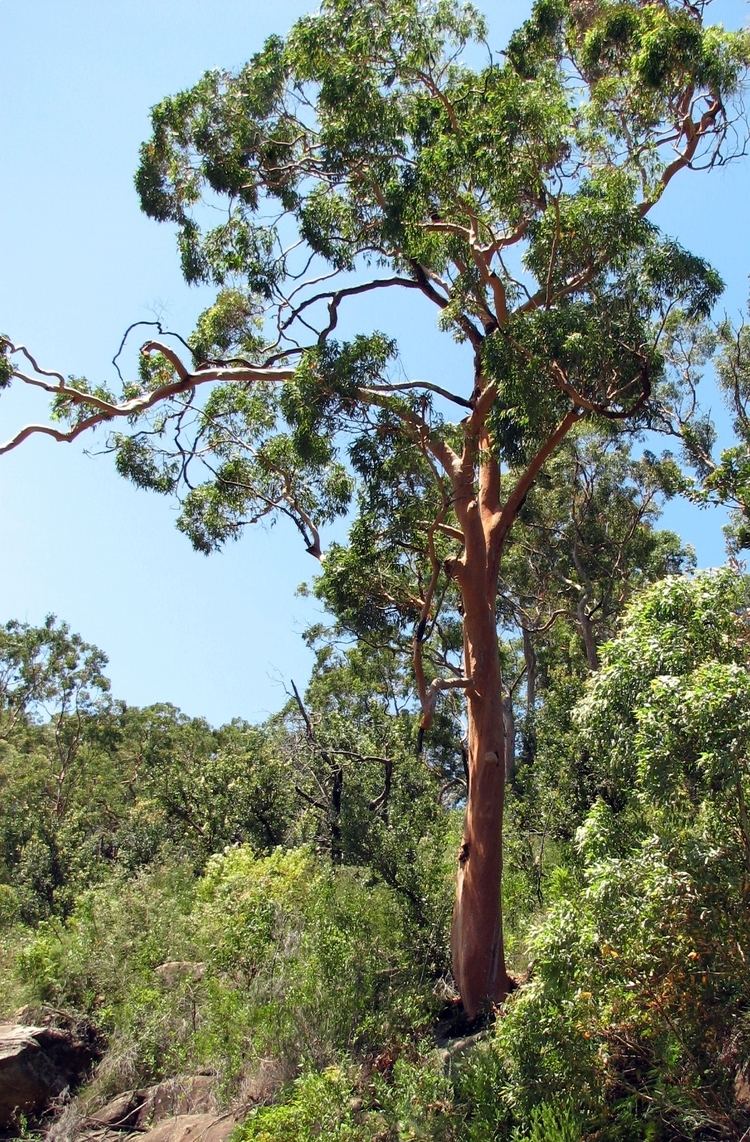
Angophora garden plants
Taxonomy
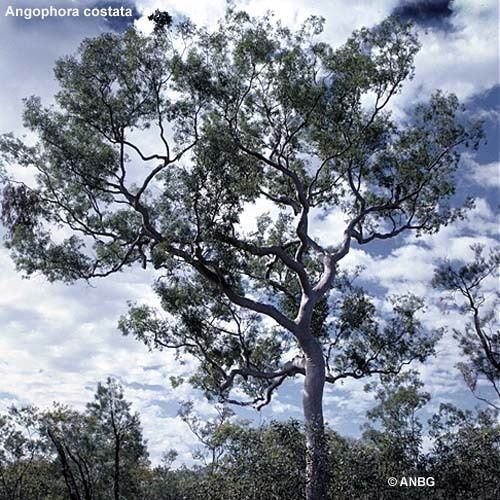
Angophora is closely related to Corymbia and Eucalyptus, and all three genera are often referred to as "eucalypts". Collectively the eucalypts, or gum trees, dominate many Australian ecosystems. Angophora can be distinguished from other eucalypts by its oppositely arranged leaves and flowers which lack opercula, cap-like structures which fall off as the flowers open. Taxonomists have long recognised the relationships between the eucalypt taxa, but have not agreed upon a classification scheme. Some have proposed merging Angophora and Corymbia into genus Eucalyptus as subgenera, a plan which was immediately rejected by others. Some authors maintain Angophora as a genus, while others continue to debate the issue.

Among the eucalypts, Angophora species were nicknamed "apples" by European settlers, who thought they resembled apple trees. Many are still known commonly as apples today.
Description
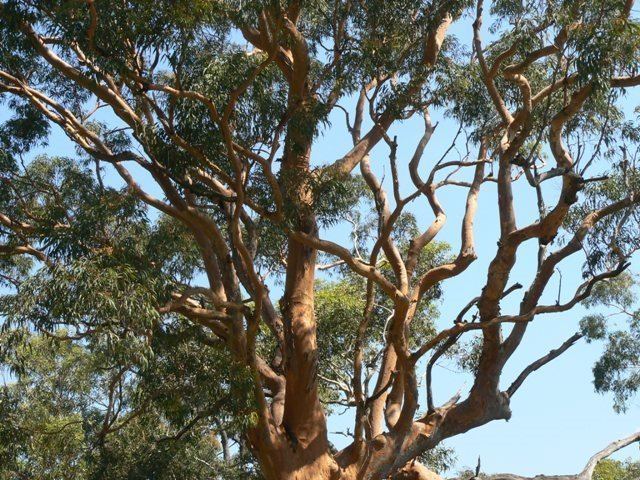
Angophora are trees and shrubs. Most have rough bark. The opposite leaves are hairy and glandular when new, and mostly hairless when mature. The inflorescence is an arrangement of several clusters of 3 to 7 flowers each. The flower has 4 or 5 small, green sepals, overlapping white petals, and whorls of many stamens. The fruit is a papery or slightly woody capsule, usually with thick ribs and a coat of hairs.
Species
The following are accepted species:
